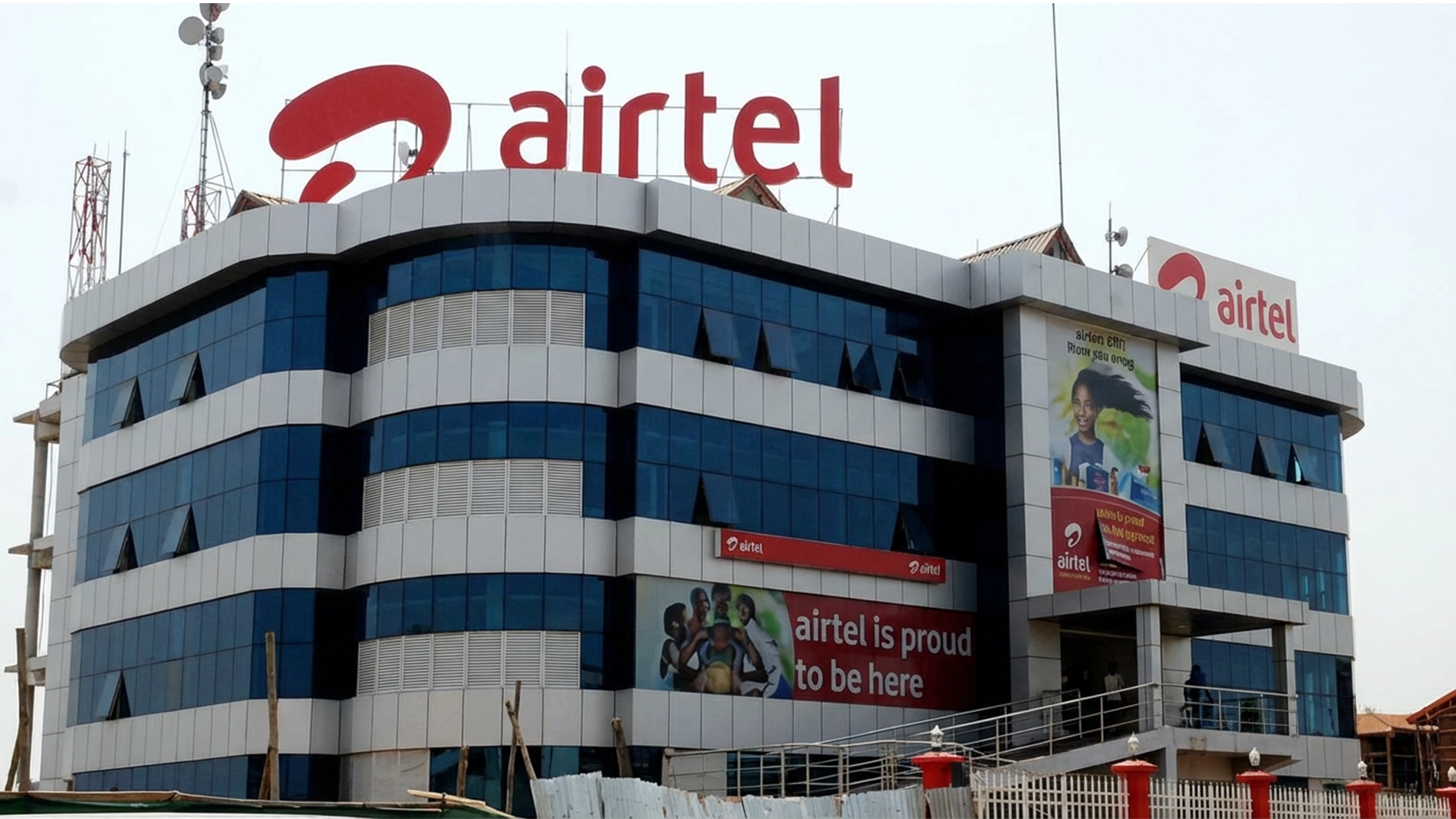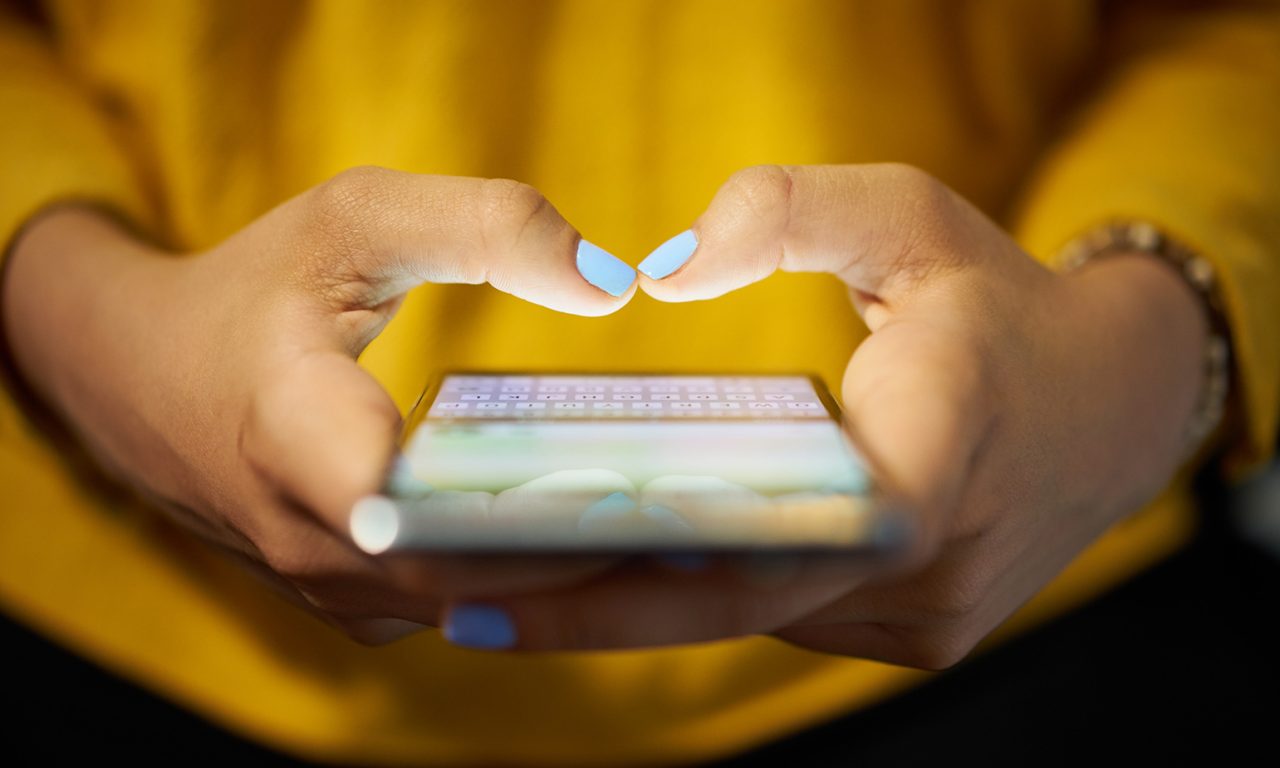Affordability, digital literacy, safety pose fresh challenges
A global telecommunications body has expressed concerns over the rising inability of people with disabilities to access telecom services adequately.
Mobile connectivity plays a critical role in people’s daily lives, enabling them to communicate with others and to access information and services from anywhere. Across low- and middle-income countries (LMICs), mobile is the primary way people access the Internet.
The GSMA is worried that the widest disability gaps in mobile Internet adoption were found in surveyed countries in Sub-Saharan Africa, with adoption levels ranging from six per cent to 49 per cent for persons with disabilities, as compared with 23 per cent to 74 per cent for non-disabled persons.
This means that some 51 per cent of people with disabilities may find it difficult to have access to the benefits of the mobile revolution. GSMA noted that in 2024, mobile accounted for 84 per cent of broadband connections and over 3.7 billion people accessed the Internet on a mobile phone in LMICs. According to it, the World Health Organisation (WHO) estimated that around 16 per cent of the world’s population, which equates to 1.3 billion people, experience significant disability.
While noting that mobile devices and services have the potential to provide substantial life-changing benefits to persons with disabilities, offering access to critical services in an increasingly digital world, the telecom body however, noted that despite an increase in awareness of mobile technology’s potential to deliver services to those in need, and growing recognition of the need for targeted action for persons with disabilities, they remained the most digitally excluded.
It stressed that persons with disabilities are less likely than non-disabled persons to own a mobile phone and be aware of and access mobile Internet and other mobile services.
Painfully, GSMA said disability-disaggregated data on mobile Internet access and use is scarce, undermining efforts to close the digital divide.
The telecom advocacy body, in its ‘The Mobile Disability Gap Report 2025’, said that as the world becomes more digitised, the digital inclusion of persons with disabilities is crucial to provide universal and equal access to safe, inclusive and accessible services for all.
“Digital inclusion benefits individuals, families and societies, and supports the achievement of the Sustainable Development Goals (SDGs), including those related to health, education and financial inclusion. Now more than ever, we must strive for equal access and use so that persons with disabilities, their communities and society can reap the full and life-changing benefits of mobile,” GSMA stated.
The body found out in the countries (seven in Africa and five in Asia) that persons with disabilities have lower levels of mobile ownership compared to non-disabled persons; persons with disabilities are less likely to own an internet-enabled phone, especially a smartphone, than non-disabled persons.
“For example, in Uganda, while 47 per cent of persons with disabilities own an Internet-enabled phone, only 11 per cent own a smartphone, compared to 47 per cent and 25 per cent of non-disabled persons,” it stated.
Further, GSMA observed that women with disabilities and rural residents with disabilities have the lowest levels of mobile Internet adoption, smartphone ownership and mobile ownership in comparison to their male and urban counterparts. For persons with disabilities who are already aware of mobile Internet, the top reported barriers to adoption are literacy and digital skills, as well as affordability, primarily of handsets.
It was also discovered that the most valued features of an Internet-enabled phone, apart from price, are related to performance, functionality and longevity of the device rather than aesthetics, physical features and brand reputation.
“Once mobile Internet users access mobile Internet, most use it daily, regardless of disability status. However, mobile Internet users with disabilities tend to use it for a limited range of use cases daily compared to non-disabled persons,” it added.
GSMA further noted that mobile phones can support the digital inclusion of persons with disabilities and provide access to useful information and services. It said that despite this, there are prominent disability gaps in mobile ownership in all surveyed countries, except for Uganda.
It revealed that the largest disability gap in mobile ownership is in Egypt, where 46 per cent of persons with disabilities do not own a mobile phone, compared to just 11 per cent of non-disabled persons. Rwanda has the lowest overall mobile ownership rates, with only 48 per cent of persons with disabilities owning a mobile phone, compared to 68 per cent of non-disabled persons.
The report further pointed out that even in countries with relatively high mobile ownership rates among persons with and without disabilities, high rates of mobile ownership do not necessarily close the disability gap. It said this can be best seen in Kenya, where the disability gap stands at 15 per cent, despite overall high rates of mobile ownership among persons with and without disabilities.
GSMA equally discovered that many people, particularly persons with disabilities, own and use a SIM card and rely on borrowed and shared devices to access mobile services as they do not own a handset.
“This is particularly evident in Indonesia, Kenya and Tanzania, where a significant proportion of persons with disabilities,19 per cent, 15 per cent and 15 per cent respectively, own a SIM but do not own a handset. By comparison, this figure is five per cent for non-disabled persons in Indonesia, seven per cent in Kenya and four per cent in Tanzania,” it stated.






